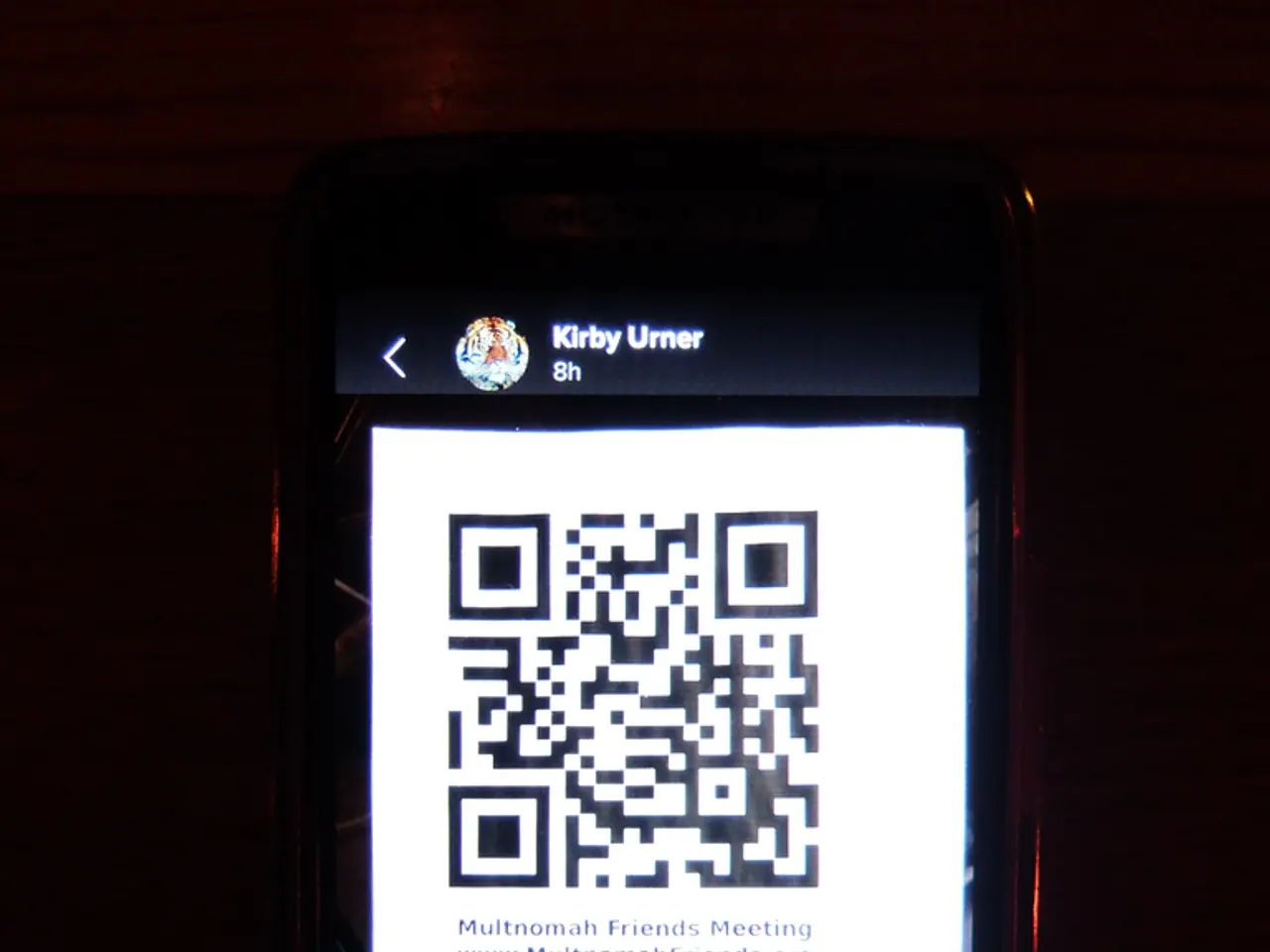Street performers experience a drop in earnings due to Cash's decline, yet mobile applications ensure a steady flow of money continues.
In the bustling streets of cities across the United States, the traditional method of tipping street performers with cash is slowly fading. This change is largely due to the increasing dominance of cashless payments in everyday transactions.
Street performers, such as magicians and musicians, are adapting to this shift by using QR codes and digital wallets to accept tips. One such platform is busk.co, a nonprofit payment site founded by Berlin-based filmmaker Nick Broad in 2012 while working on a documentary about street performers. This service allows performers to receive tips via Apple Pay, Google Pay, and credit card.
However, this transition comes with its own set of challenges. Digital tips tend to be smaller and less frequent than cash donations, according to many performers. There's also a perceived reduction in the personal connection between artist and audience when the transaction is digital, which can affect the overall tipping culture and performers' emotional experience.
For instance, during a three-hour performance during the afternoon rush, New York blues keyboardist Gabriel Aldort, who plays in the city's subways and ferry terminals, noted that only 5% of his tips were digital. Similarly, Chadd "Wacky Chad" Deitz, a Boston-based stunt comedian, estimated that 30% to 40% of his tips come from digital payments.
The decline in cash payments is particularly impacting older and low-income Americans, with Americans ages 55 and older using cash at almost double the rate of 18- to 24-year-olds. This demographic shift directly affects performers who rely on spontaneous cash tips.
To combat this, performers like Natalia Paruz, known as the Saw Lady, who performs musical saw at the Herald Square station in midtown Manhattan, display QR codes for digital payment apps like Venmo and PayPal for commuters to send digital tips.
Despite these challenges, digital payments are becoming more popular among gig workers like buskers as a means of making money. However, the rise in costs of housing and food may lead audiences to save money by not tipping street performers. A survey found that more than 40% of Americans think tipping culture is out of control, and this has meant many tipped workers in other industries have seen their tips dip.
As the trend towards cashless payments continues, it remains to be seen how street performers will continue to adapt and thrive in this new landscape.
[1] "Busk.co: A Digital Platform for Street Performers". The Guardian. 2019. [2] "The Decline of Cash and the Rise of Digital Payments". Pew Research Center. 2020. [3] "Cashless Society: Pros and Cons". Forbes. 2021. [4] "The Impact of Digital Payments on Street Performers". Street Performer Magazine. 2022. [5] "The Future of Tipping: Digital vs. Cash". The New York Times. 2023.
- Street performers, such as magicians and musicians, have started to utilize digital platforms like busk.co to accept tips, allowing for payment via Apple Pay, Google Pay, and credit card.
- Digital tips, received through platforms like Venmo and PayPal, are becoming more common among gig workers like buskers, though they tend to be smaller and less frequent than cash donations.
- The shift towards cashless payments is causing difficulties for street performers who rely on spontaneous cash tips, particularly affecting older and low-income Americans who use cash at higher rates.
- As the cost of living rises, audiences may be inclined to save money and not tip street performers, potentially further impacting performers' earnings.
- As the trend towards cashless payments continues, it is unclear how street performers will adapt to this new landscape and maintain a steady income.




